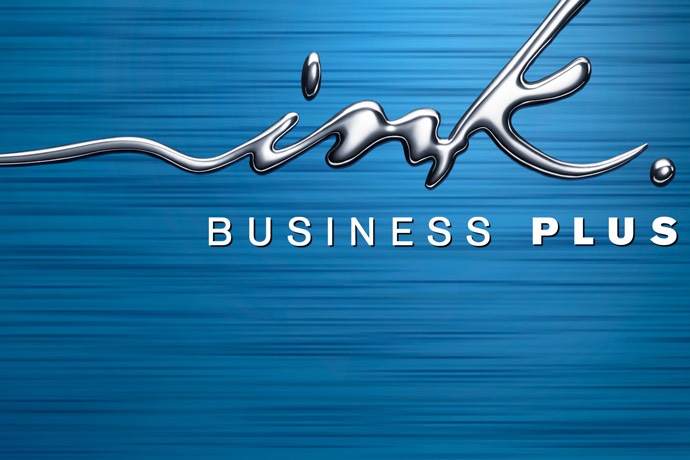5 Ways Banks Can Respond to Millennials “Ditching” Credit Cards

A recent headline in The New York Times‘ “Bucks” blog caught our attention: “More Young People Ditching Credit Cards.” Looking at FICO scores, The NYT found that 16 percent of consumers ages 18 to 29 have no credit cards, up from nine percent in 2005.
There are many potential reasons for this shift in the financial services marketplace: the overall tightening of credit after the Great Recession, the 2009 CARD Act that limited banks’ ability to offer credit cards to consumers under 21, the dramatic rise in college loans (potentially making young adults credit- and debt-averse) and general distrust of banks.
So here’s the dilemma for the banks and credit unions: for much of the 1990s and 2000s, credit cards where a key entry level product to get customers in the door. With credit cards falling out of favor, what can they do to make sure they don’t lose their next generation of customers?
We have a few ideas:
- Rethink the “entry level” product. Banks are increasingly offering prepaid card products to the unbanked and underbanked (a classification many young people fall into). Prepaid card offers credit-averse Millennials more control and less risk while providing the acceptance of credit. This makes them the perfect new “first” product.
- Setting a product migration plan is no longer optional. As banks add new prepaid customers, they must have a plan for moving them along to different products. This requires a solid strategy along with data segmentation and analysis of these new customers. The migration plan is a map to move consumers forward to new financial products as they mature.
- Make available a wide variety of innovative products. A product migration strategy means nothing if banks can’t back it up with fundamental offerings that include prepaid cards, secured cards, charge cards, credit cards, loans and mortgages. And simply having the products to offer is only one step – banks must present innovative options that are more than “business as usual” to set them apart from their competition and show prospects that they have something unique to offer.
- Think mobile first (because these consumers already do). Bank apps are now a must, especially if you want to reach young adults. But remember that innovation is key. New competitors like mobile app banks and alternative payment options are already making inroads, so keep pushing mobile banking and payments offerings.
- Educate without talking down. Credit education that avoids condescension can help to set up banks as trusted advisors. Students are leaving college with significant debt and limited experience with money management. Banks can help bridge that gap, but they must be genuine or their efforts will miss the mark.
As the ground continues to shift in the financial services industry, staying one step ahead is even more imperative. Sure, credit cards aren’t going away anytime soon, but if the next generation of banking customers is delaying adoption of these core products, then banks must have other solutions in place to keep them coming through the doors.






